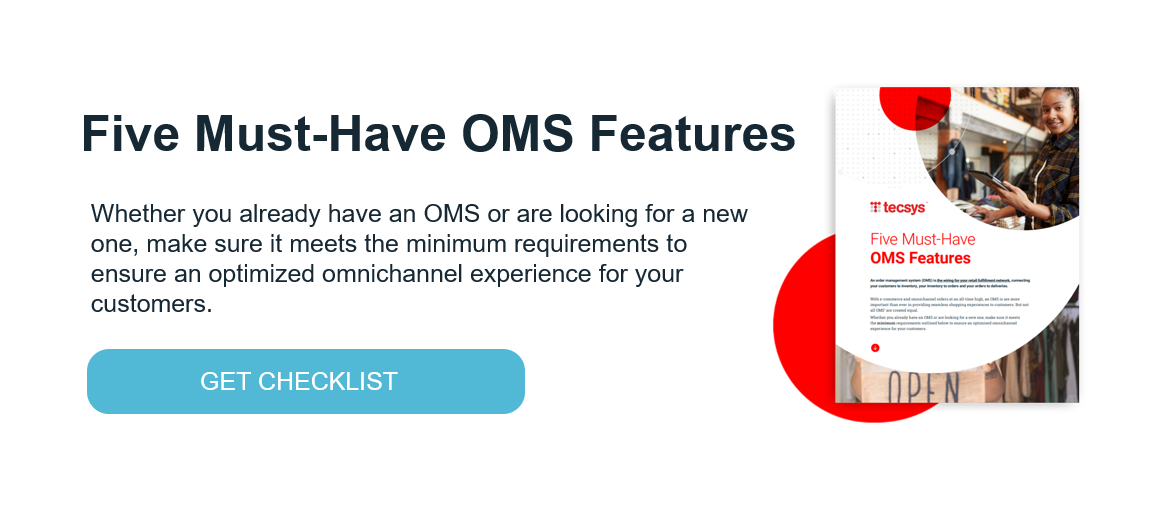5 Ways to Control Chronic Returners

Editor’s Note: This post was originally published in December 2017 and has been updated for freshness, accuracy and comprehensiveness.
The retail industry’s upheaval over the last few years has masked a lot of inefficiency. As a result, retailers are taking a hard look at operating costs. One cost lever that should be examined is the chronic returner.
Who Is the Chronic Returner?
Chronic returners are simply those customers who purchase items and return their purchases significantly more often than average customers.
For example, take an online shopper who orders four pairs of the same shoes. They order one pair in their size, one pair in a size smaller and the next two sizes larger. The shopper then returns three pairs. Obviously, the shopper is trying on the shoes to ensure they found the one most comfortable to them, which they will keep while returning the rest. Doing this once or twice can be understood (as the shopper learns the retailer’s sizing). However, as a retailer you wouldn’t want this client to repeat this purchasing pattern with 30 pairs of shoes, while returning them all.
Chronic returners can also be an indicator of fraud. For example, customers purchasing less costly items at one retailer and then returning them to a different retailer with a generous policy, while pocketing the difference. Finally, there are stories like returning a dress after it was worn to a party (while keeping the tags on), returning Christmas decorations in January or sending back that big screen TV after Super Bowl weekend. Retailers need to control, monitor and put a stop to this type of abusive or excessive behavior, which can have a serious negative impact on the business.
What Are Industry Norms?
The 2021 total rate of returns (16.6%) is up from 10.6% percent during 2020, but online returns in 2021 are in line with recent years at an average of 20.8%. According to the National Retail Federation, online sales accounted for $1.050 trillion of total U.S. retail sales last year. Approximately $218 billion of online purchases were returned, with $23.2 billion (10.6 percent) deemed fraudulent.
While these are the industry averages as a whole, it is recommended that each business needs to define its own criteria for what it defines as a chronic returner. Start by establishing a baseline — the average customer — and track customers who return two or three standard deviations above the average.
Why Track the Chronic Returner?
For a retailer, returns means inventory that has been taken out of commission, but only temporarily sold. That does not ultimately help the bottom line. Worse yet, the items may have been used, broken or returned in an unusable state. All this cost retailers, whether in time, labor or unsold inventory.
Robust order management systems (OMS) have returns capabilities. An OMS centralizes all customer data, from the various order and purchase points and processes. This lets retailers track a customer’s purchases, return patterns and frequency.
For a retailer, the first step is the collection of data to be used for later analysis. This data is the starting point for understanding your own customers and what defines an average order value (AOV), average return value and average return frequency. For example, is your retail operation above or below industry averages? This information will also let you understand and define a chronic returner for your business.
1. Utilize Store Associates to Help
Educating your staff on return norms and how to identify a typical return pattern is important. Next, training them on what to watch and options to recommend is equally important. For example, with the OMS data showing a customer with a high returns tendency, a call center associate can use some persuasion. For the case of the excessive footwear order, a call center associate can review the purchase history of the shopper and suggest only ordering the shoe size that they kept in their last two or three purchases. This would immediately reduce this sale from a 75% return (four items purchased, three items returned) to 0% (one item purchased, 0 items returned). This level of service may not only help stem the returns challenge, but provide the customer with a feeling that they are getting an increased service level, driving loyalty.
2. Consider Return Limitations and Bans
Some retailers have had policies in place that ban customers from returning additional items for up to 90 days resulting from excessive returns. Again, this should be monitored using a customer purchase system of record like your OMS. It is important to choose your criteria carefully. For example, a retailer might not want to trigger a ban on a customer for merely returning one particularly high-priced item. A computer, big-ticket housing good (washer, dryer, big screen television), expensive watch and others come to mind. Monitoring a combination of value and returned units is important.
If chronic returners are a problem in your retail sector, consider adding a limitation to your returns policy. Perhaps limit ‘free’ returns to five or six per customer per year. After that consider imposing a nominal restocking fee. For seriously chronic returners, an outright ‘returns ban’ is tricky business, but may be needed. Although rare, bans are an option used by some retailers.
3. Encourage In-Store Returns
Retailers whose return policy includes free shipping for returns will immediately understand the benefit to in-store returns that include returning items purchased online in-store. This is called buy online return in-store (BORIS). Having an in-store return saves the retailer from the additional shipping fees. Beyond shipping, it means that all items that are returned in good resalable condition can be immediately reinventoried in real time through the OMS and replaced on the shelf, ready for resale. For many items, the merchandise can be resold at full value, reducing the historically margin-eroding impact of returns.
Finally, getting the shopper to return items in-store encourages them to purchase again. By getting customers to return the item to your store, there is a good chance that they will buy something else while they are there. At the very least this salvages a sale.
4. Reward Angelic Returners
Consider the opposite of chronic returners to be ‘angelic returners.’ These are the conscientious, ethical and sound-minded customers who only occasionally return merchandise. Since retailers want these angelic returners as customers, consider giving these customers a small bonus for a repurchase after one of their rare returning of items. After processing their return, let them know they are appreciated, that they are a cherished customer who is conscientious about their returns and that they are being rewarded with a discount on their next purchase. This plays up to the fact that an angelic returner is likely to purchase another item while they are in your store. It also plays up the point that you want to encourage this customer above all others — to purchase from you again. Loyalty among this group of shoppers can help boost your profitability.
How Will You Handle Chronic Returners?
Chronic returners can be a problem for many retailers, be it fraud or simply abusive returns. Retailers need to curtail the chronic returner’s abusive behavior. The five best practices above can help.




